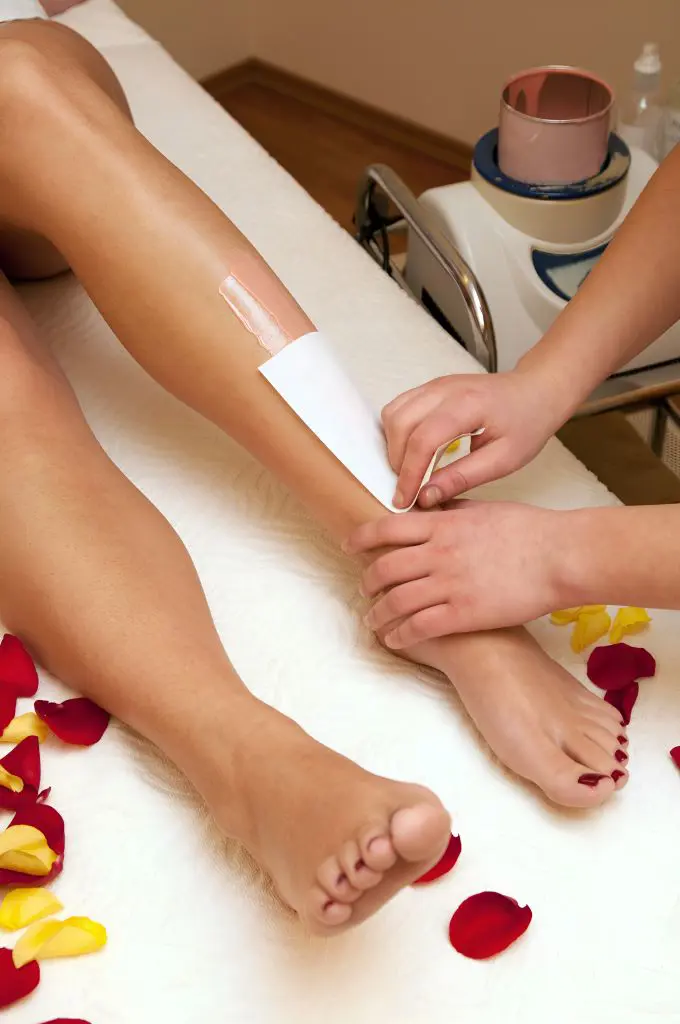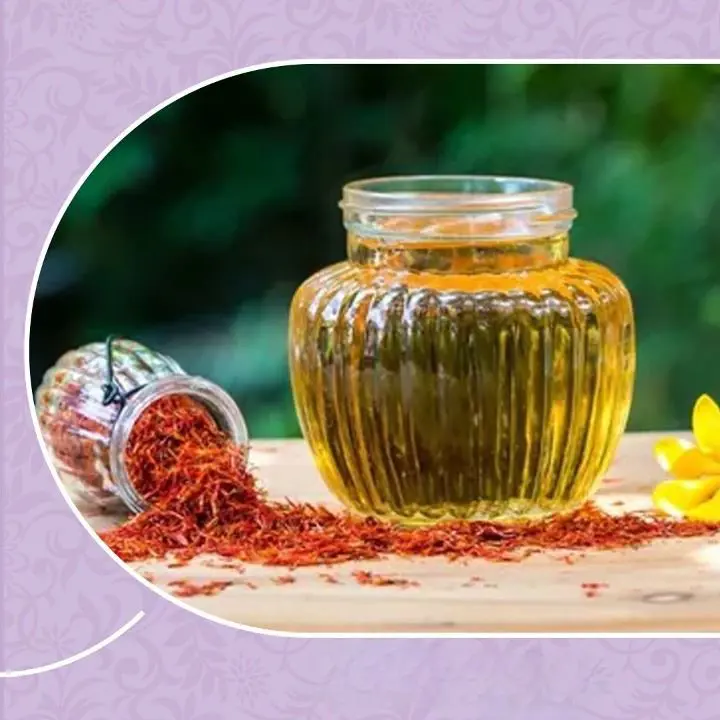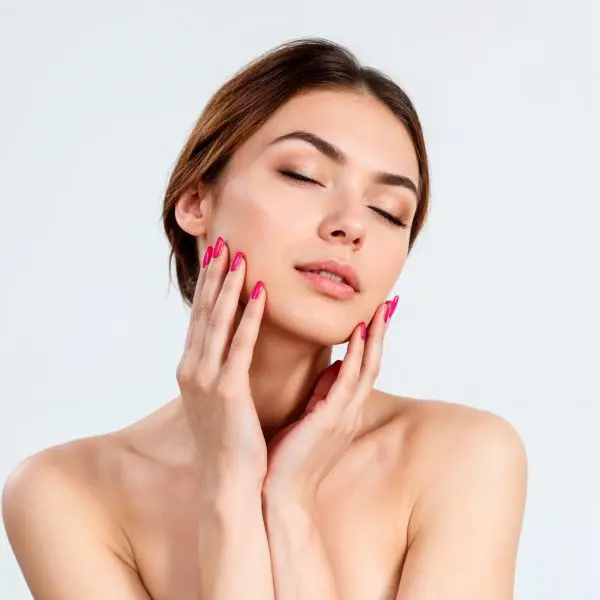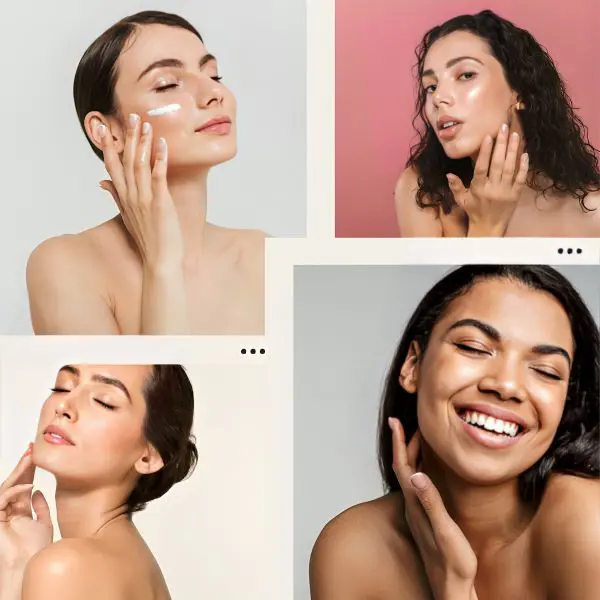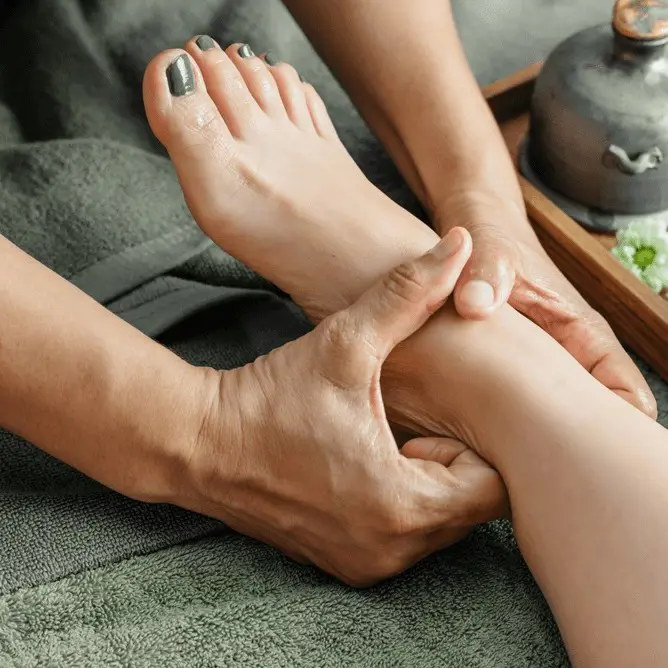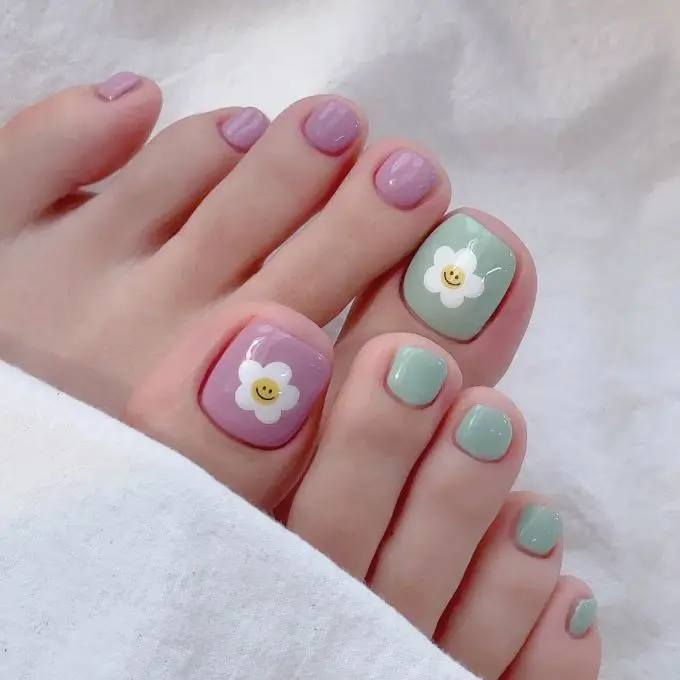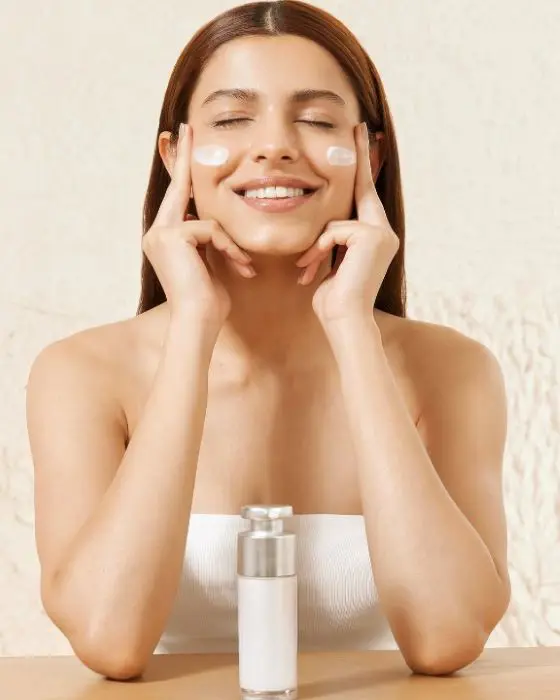When it comes to hair removal, choosing the right method can make all the difference in achieving smooth, healthy skin. While shaving is a popular option, waxing offers a range of compelling benefits that can elevate your grooming routine.
With its longer-lasting results and smoother finish, waxing often proves to be a superior alternative. Therefore, to help you make an informed decision, this guide will delve into the distinct advantages of waxing compared to shaving.
This guide will also showcase why it might be ideal for those seeking a more effective and refined hair removal solution. Let's begin!
1. Less Risk of Cuts
Waxing presents a lower risk of cuts compared to shaving because it uses a method that removes hair from the root by applying and removing sticky wax, which doesn’t involve any sharp blades.
In contrast, shaving requires a razor blade to cut hair at the skin's surface, which can easily lead to accidental nicks, cuts, and scrapes, particularly if the blade is dull or if you’re not careful. The absence of a blade in waxing reduces the likelihood of injury, making it a safer option for those concerned about cuts and skin damage.
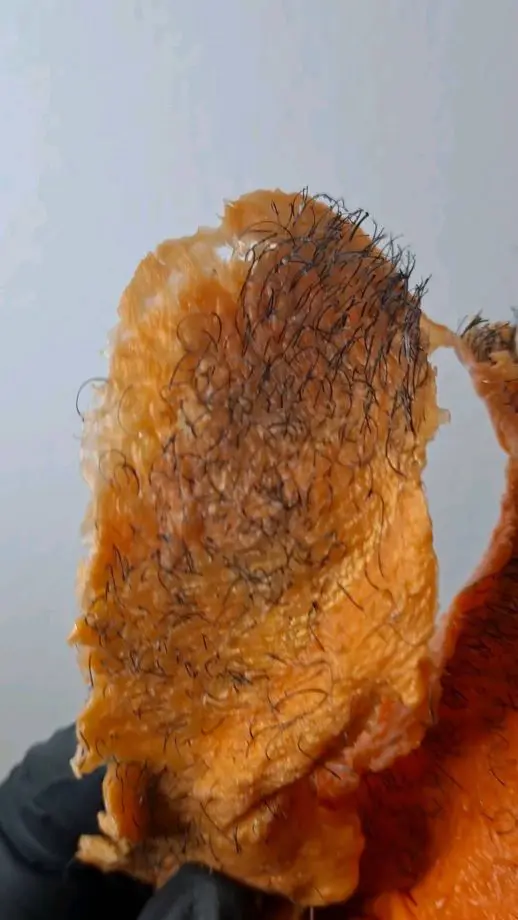
2. Improved Skin Texture
The wax adheres to both the hair and the outermost skin layer, lifting away the dead cells as it is pulled off. This process helps to reveal fresher, smoother skin underneath, reducing rough patches and promoting a more even texture.
So, waxing on a regular basis can also stimulate skin renewal, contributing to a brighter, more polished appearance over time.
3. Precision
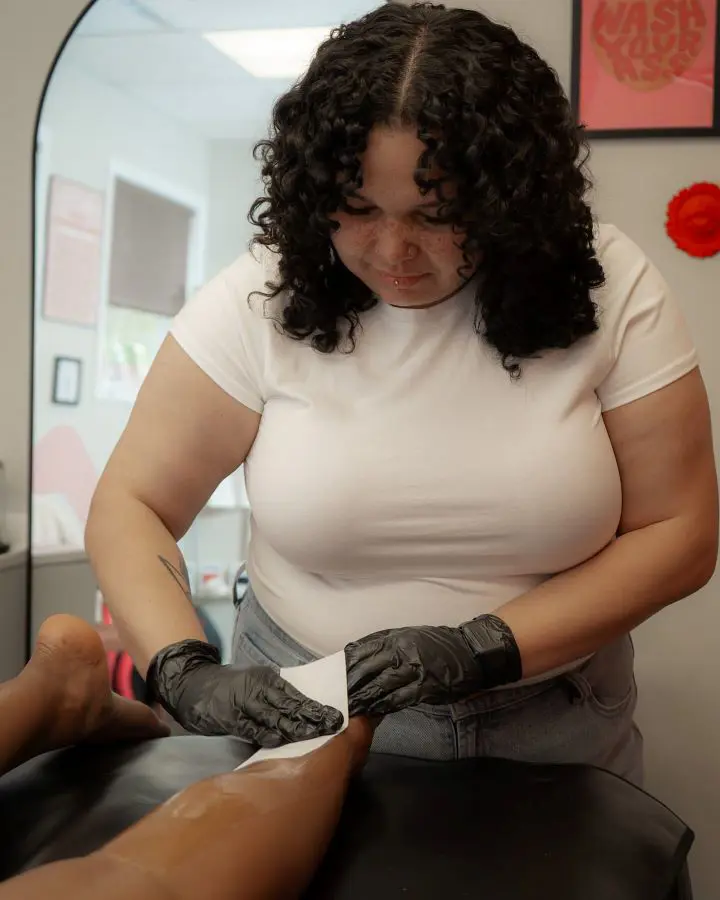
In terms of waxing, precision refers to the ability to target specific areas of the body with accuracy and control. This is particularly important for areas where detailed grooming or shaping is desired, such as the eyebrows, upper lip, or bikini line.
Waxing allows for careful application of the wax in a controlled manner, enabling precise hair removal and shaping. This precision helps achieve well-defined lines and a clean, polished look, which is often more challenging to achieve with broader hair removal methods like shaving.
4. Quick Process
During a waxing session, the application and removal of the wax are usually completed in a matter of minutes, especially for larger areas like the legs or arms. The process involves applying the wax, pressing a strip onto it, and then quickly pulling the strip off to remove hair.
This efficiency can be particularly advantageous for those with busy schedules, as it allows for effective hair removal with minimal time investment.
5. Exfoliation
Exfoliation in waxing occurs as the wax removes not only the hair but also the outer layer of dead skin cells. This process helps to smooth the skin’s surface, reduce the appearance of rough patches, and promote a more even and radiant skin texture.
As a result, creating a waxing routine can aid in maintaining clear, smooth skin by preventing buildup that might contribute to dullness or uneven texture.
6. Less Irritation
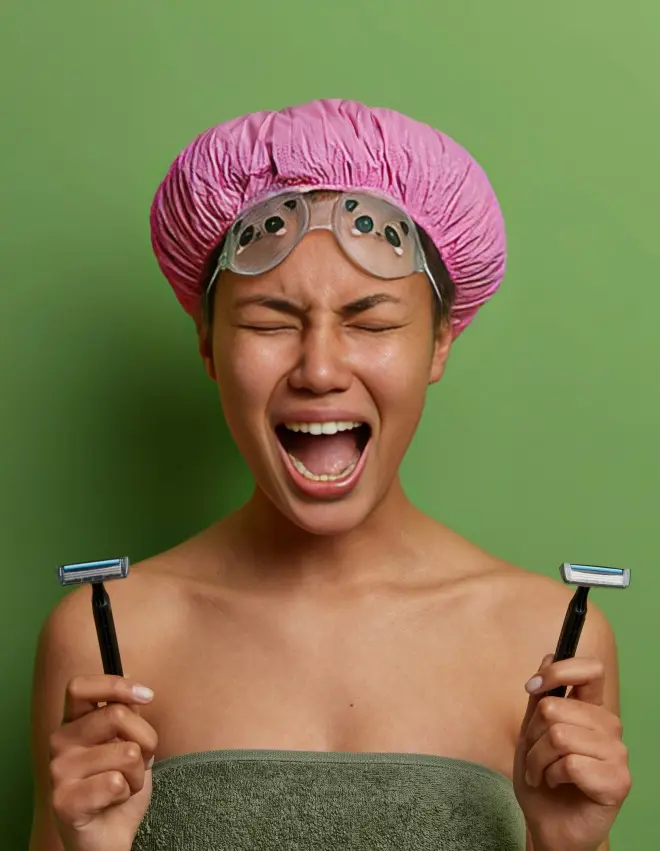
Shaving can lead to irritation such as razor burn, nicks, and cuts due to the constant scraping of a razor blade against the skin. In contrast, waxing removes hair from the root and typically involves a single, quick pull of the wax strip, minimizing prolonged contact with the skin.
Additionally, waxing can help prevent issues like ingrown hairs and the buildup of dead skin cells, which can contribute to skin irritation. No wonder it is one of the best benefits of waxing face.
7. Longer-Lasting Results
Waxing provides longer-lasting results than shaving because it removes hair from the root rather than just cutting it at the surface. After waxing, hair takes longer to regrow since it must first emerge from the follicle and then go through its natural growth cycle.
This means that the smooth, hair-free skin can last anywhere from 3 to 6 weeks. Whereas shaving typically needs to be done every few days as hair grows back quickly and can become noticeable within a shorter period.
8. Finer Regrowth than Shaving
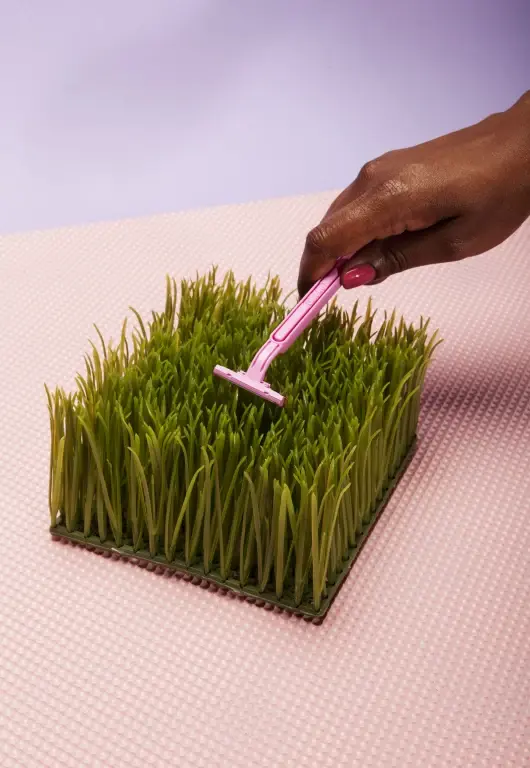
Waxing can lead to finer regrowth because it targets the hair follicles directly by removing hair from the root. Over time, this can weaken the hair follicles, leading to softer, finer hair as it grows back.
The repeated removal of hair from the root can disrupt the follicle's ability to produce coarse, thick hair, often resulting in a gradual reduction in hair thickness and density. This process helps to create a smoother, less noticeable regrowth compared to shaving.
9. No Stubble
Are you wondering what the best benefits of waxing vs shaving are? When you shave, the hair is cut at the surface, and as it begins to grow back, it can create a rough, prickly texture.
In contrast, because waxing pulls the hair out from the follicle, the regrowth is softer and more tapered, which reduces the likelihood of feeling stubble. This results in a smoother skin surface with less discomfort and the appearance of stubble between hair removal sessions.
10. Smoother Finish
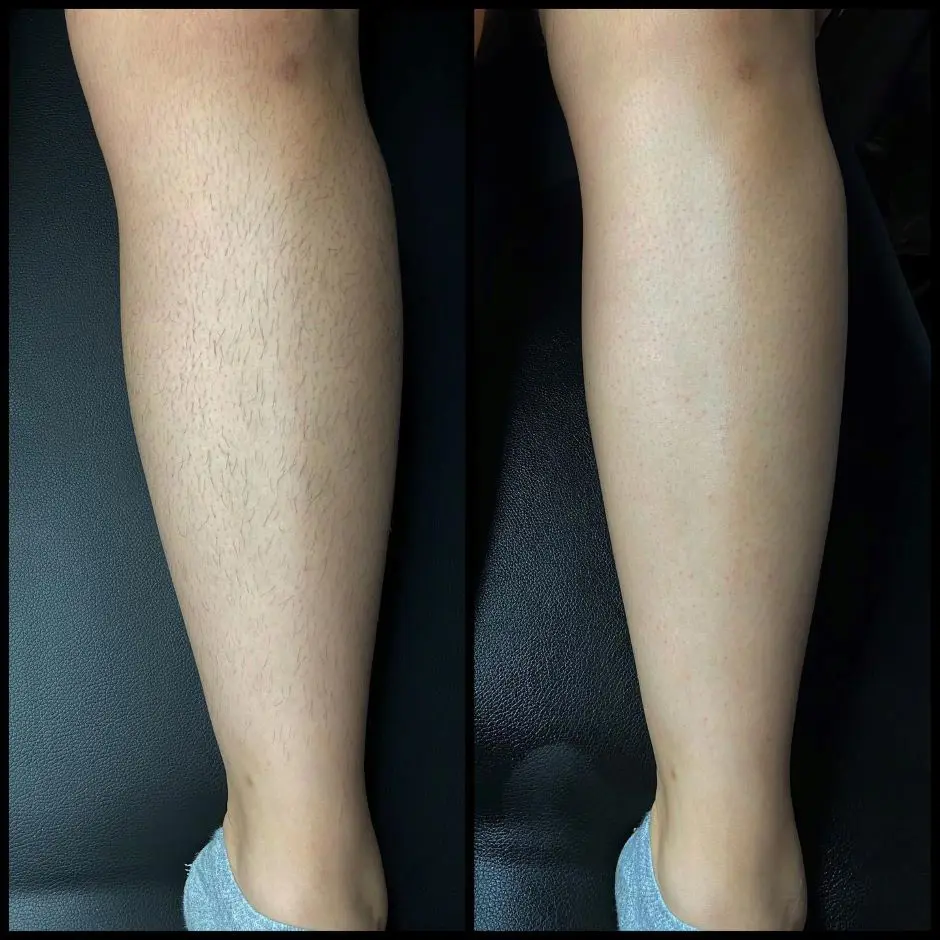
Waxing leaves the skin feeling exceptionally smooth by pulling hair out from the follicle and lifting away the top layer of dead skin cells. This method eliminates the coarse ends of regrowing hair that can cause a rough texture, which is often experienced with shaving.
The result is a consistent, polished appearance with a softer and more even skin surface. No wonder it is one of the best benefits of waxing over shaving.
11. Reduced Hair Growth
Reduced hair growth among the best benefits of sugar waxing is due to its impact on hair follicles. Removing hair from the root, waxing can weaken the hair follicles over time.
This repeated removal can lead to a decrease in hair density, making hair grow back more slowly and sometimes even in smaller amounts. This gradual reduction in hair growth can make the skin feel smoother for longer periods between waxing appointments.
12. Customizable
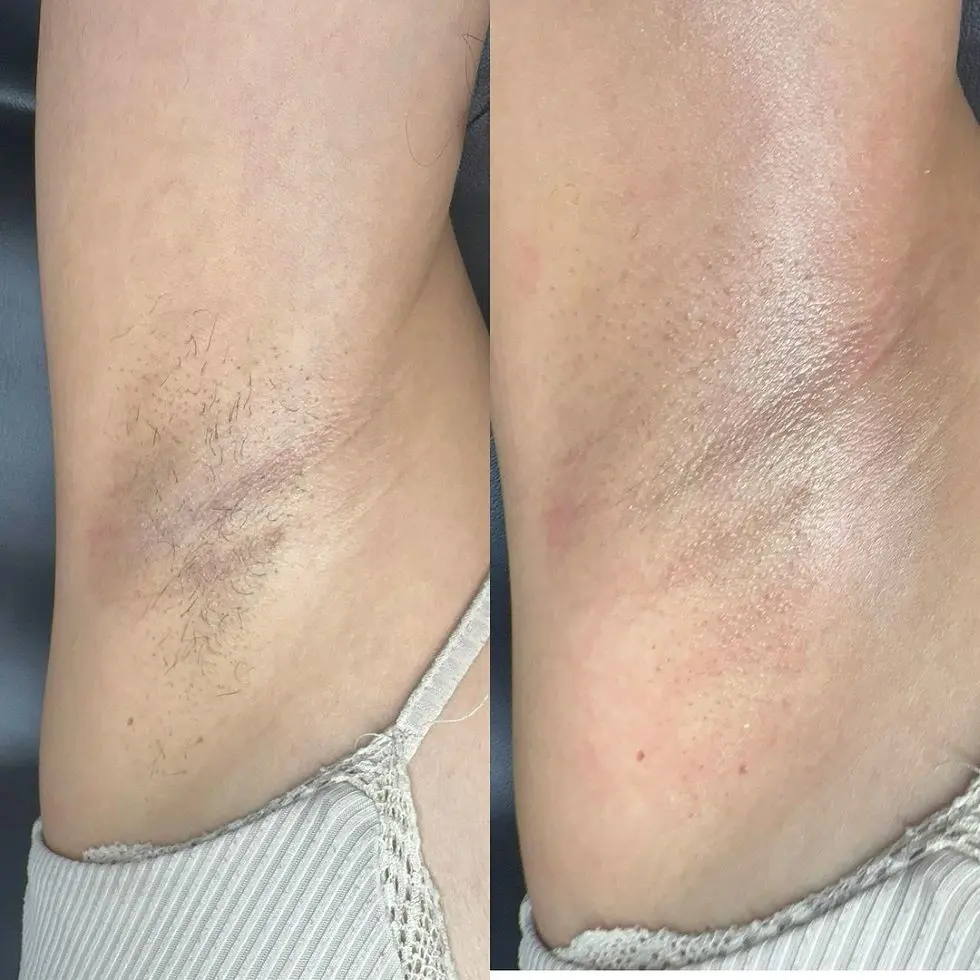
Different types of waxes and techniques are used to address the unique requirements of each area. Whether it’s for broad areas like legs and arms or more delicate regions like the eyebrows and bikini line, customization is among the best benefits of waxing legs or delicate areas.
The precision of waxing allows for detailed shaping and defining, such as sculpting eyebrows or creating clean lines in the bikini area. Additionally, waxes can be chosen based on skin type and sensitivity, ensuring a more personalized and effective hair removal experience.
13. Less Frequent Maintenance
Less frequent maintenance is a significant waxing benefits because it removes hair from the root, leading to longer intervals between hair removal sessions. Unlike shaving, which often requires regular touch-ups every few days due to the rapid regrowth of hair, waxing typically keeps the skin smooth for 3 to 6 weeks.
This extended period between sessions means you spend less time and effort on hair removal.
The Process of Shaving vs. Waxing
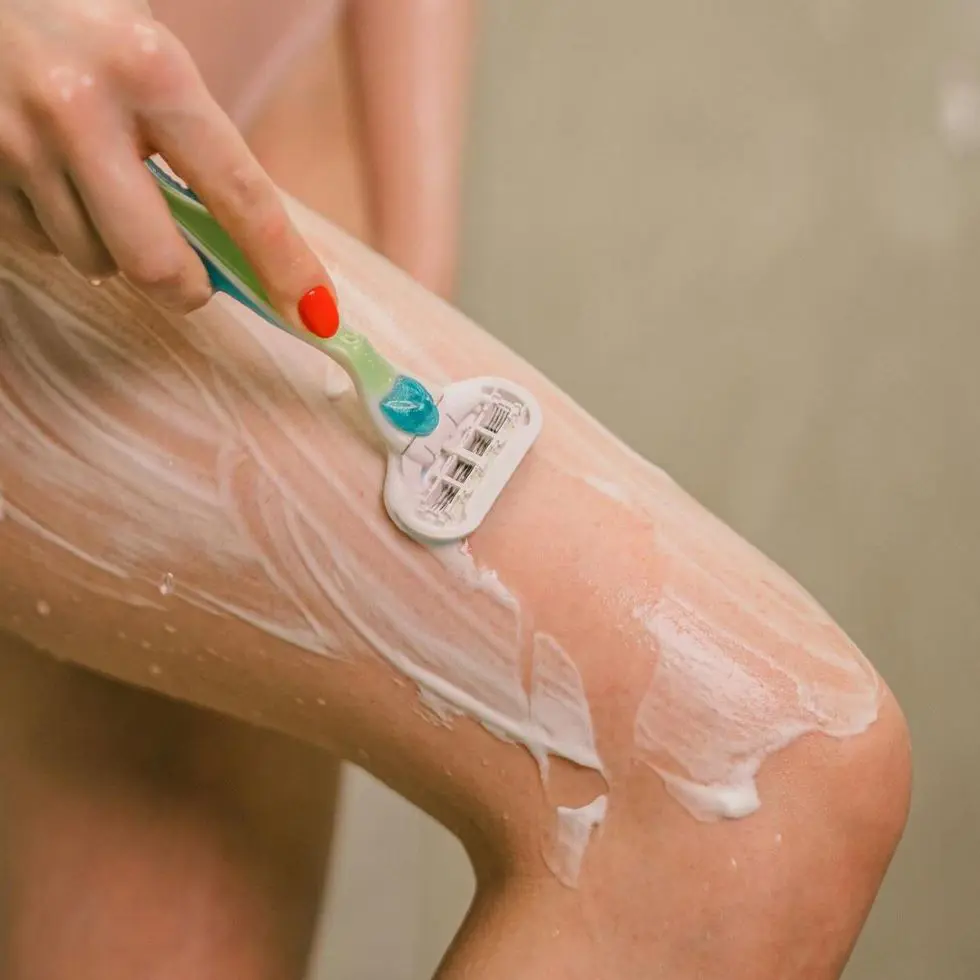
Shaving involves using a razor or electric shaver to cut hair at the skin’s surface. Because shaving only cuts hair at the surface level, it doesn’t affect the hair follicle itself. As a result, hair regrows relatively quickly, often leading to stubble within a few days.
Additionally, shaving can sometimes cause irritation, including razor burn, nicks, and cuts, especially if the blade is dull or if the skin is not adequately prepared.
The Process of Waxing
Waxing involves applying a layer of warm or cold wax to the skin and then quickly pulling it off, which removes hair from the root. The process starts with cleansing and possibly exfoliating the area to ensure the wax adheres properly.
First, the wax is applied in the direction of hair growth and then covered with a strip that is pulled off quickly against the direction of growth. This method removes the entire hair follicle, leading to longer-lasting smoothness. In this process, hair typically takes longer to regrow, often between 3 to 6 weeks.
Types of Waxes Used for Hair Removal
There are several types of waxes used for hair removal, each suited to different skin types and areas of the body:
Warm Soft Wax
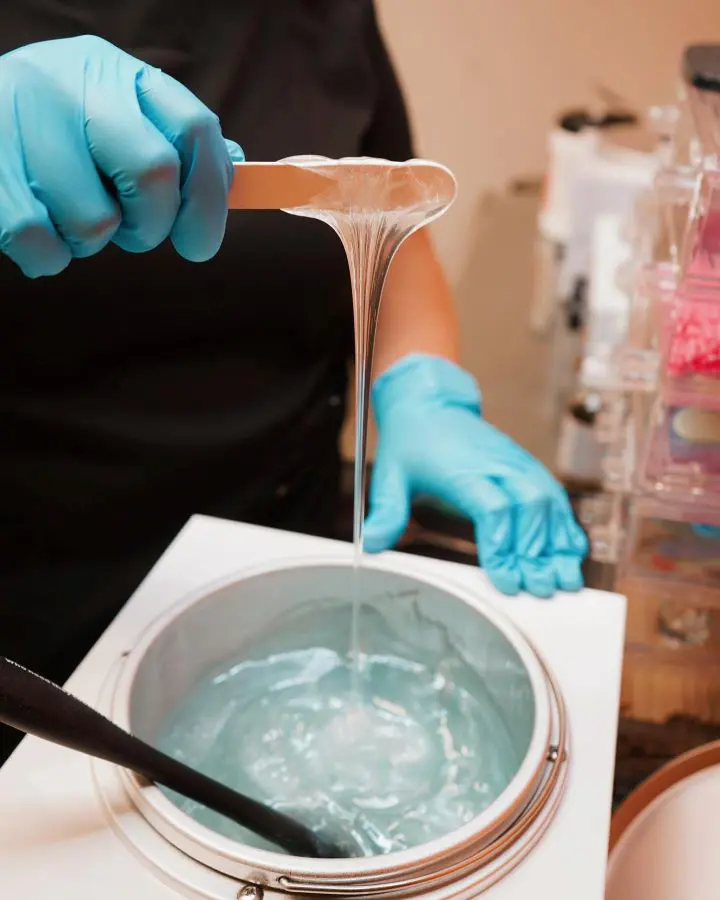
This type of wax is heated to a warm temperature and applied in a thin layer over the skin. A cloth or paper strip is then pressed onto the wax and quickly pulled off, removing the hair from the root. It is highly effective for covering large areas like the legs, arms, and back, as it can remove a lot of hair in a single strip.
It’s particularly good at removing fine hairs but can irritate the skin, especially if the wax is too hot or the skin is sensitive. However, proper temperature control is required to avoid burns or excessive irritation.
Warm Hard Wax
This one is also heated before application but differs from soft wax in that it doesn’t require strips for removal. After the wax is applied to the skin, it cools and hardens, encapsulating the hair. It is then peeled off directly, removing the hair without sticking to the skin as much as soft wax does.
This makes it ideal for sensitive areas like the face, underarms, and bikini line, where the skin is more delicate. Furthermore, it is particularly effective on shorter, coarser hairs and is generally less painful than soft wax.
Cold Soft Wax
Cold soft wax operates similarly to warm soft wax but is used at room temperature rather than being heated. It is applied directly to the skin and removed with strips. This method is convenient and less messy since there’s no need for heating, making it a good option for quick touch-ups or for those with sensitive skin that reacts to heat.
However, cold soft wax might not be as effective at removing hair because it lacks heat, which helps open the pores and soften the hair more effectively.
Pre-Made Wax Strips
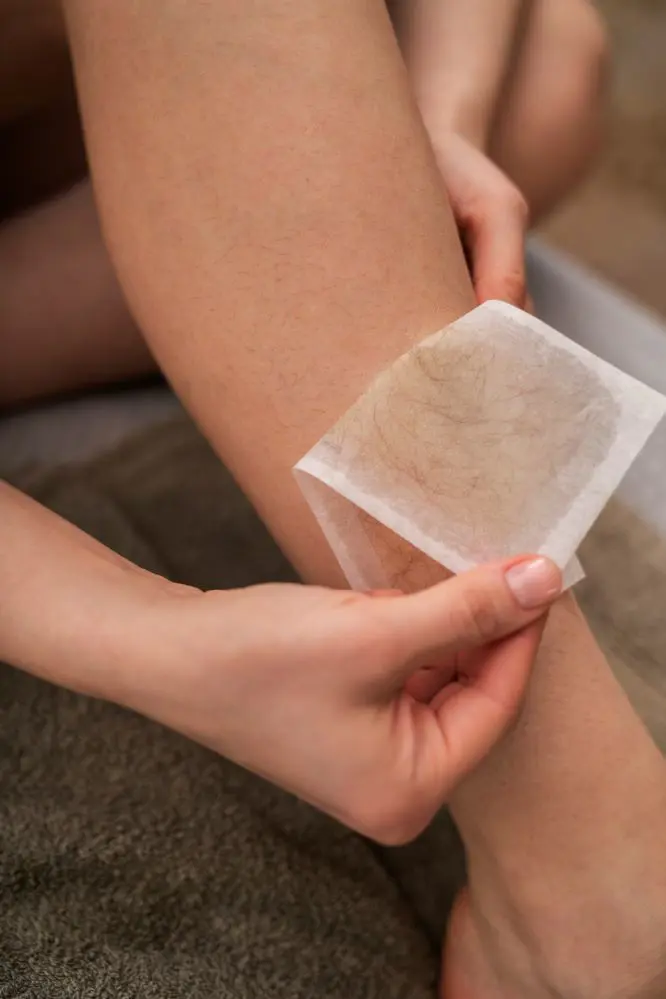
These ready-to-use strips have wax already applied and are convenient for quick touch-ups or for use on the go. However, they may not provide the same level of hair removal effectiveness as other methods, particularly on coarser hair.
Fruit Wax
Similar to hard wax, fruit wax contains fruit extracts that are rich in vitamins and antioxidants, making it a good option for sensitive skin. It’s often used on the face and bikini area.
The added fruit extracts help to nourish the skin while removing hair, offering a more skin-friendly alternative.
Sugaring
Sugar wax is a gentle alternative to traditional waxing, made from natural ingredients like sugar, lemon juice, and water. It’s applied at a lukewarm temperature and can be used in a similar manner to hard wax, without the need for strips.
Sugaring is popular for sensitive skin and can be used on all areas of the body. It’s also less likely to cause irritation and is easy to clean up with water.
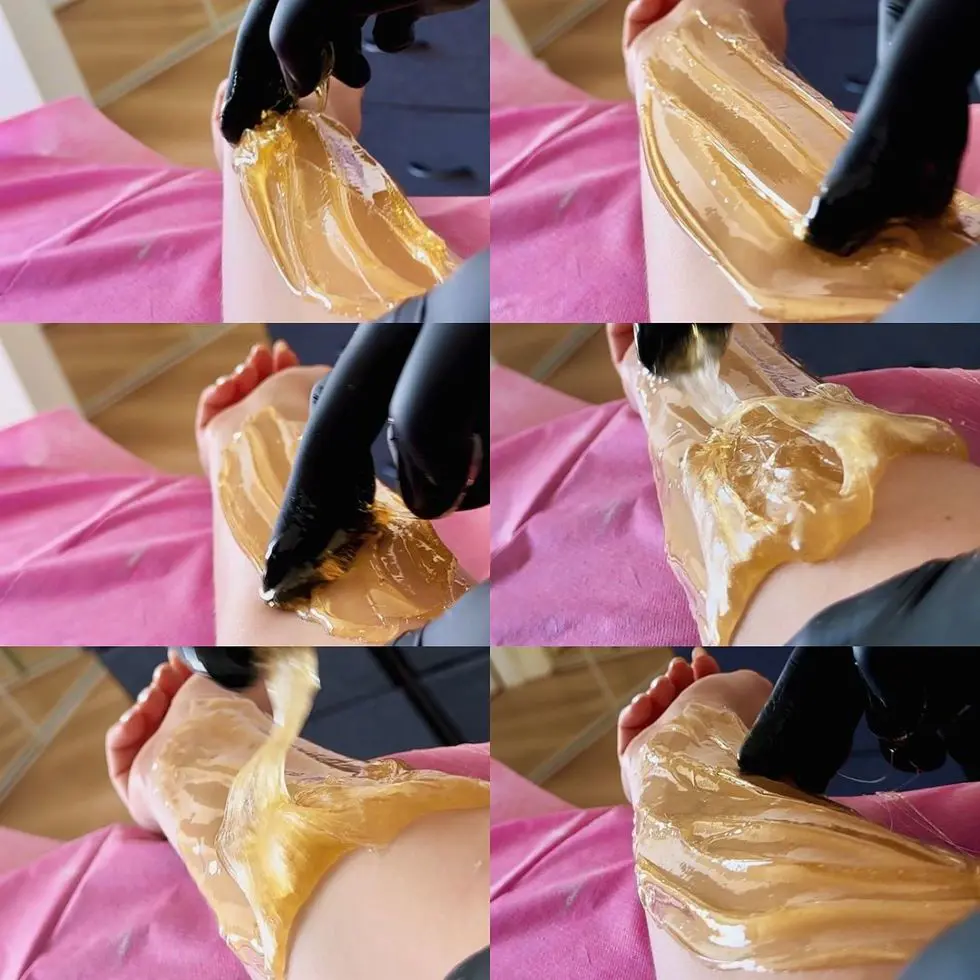
Chocolate Wax
Chocolate wax is enriched with cocoa, oils, and other nourishing ingredients, making it a luxurious option for those with sensitive skin. It has anti-inflammatory properties and is less painful than traditional waxes. This type of wax is often used on the legs, arms, and bikini area.
Areas to Avoid When Waxing
Whether you choose waxing or shaving, it’s important to avoid hair removal around sensitive or problematic areas to prevent further irritation or complications. Steer clear of:
• Irritated or sunburnt skin as it can exacerbate discomfort and delay healing.
• Inflamed acne or pimples as removing hair in these areas can aggravate the skin and worsen breakouts.
• Body piercings that are still healing because it can lead to irritation and infection.
• Areas with moles or warts should be avoided to prevent damage or unnecessary irritation.
• The inside of the ears and nose are delicate areas that are best left untouched to avoid injury and discomfort.
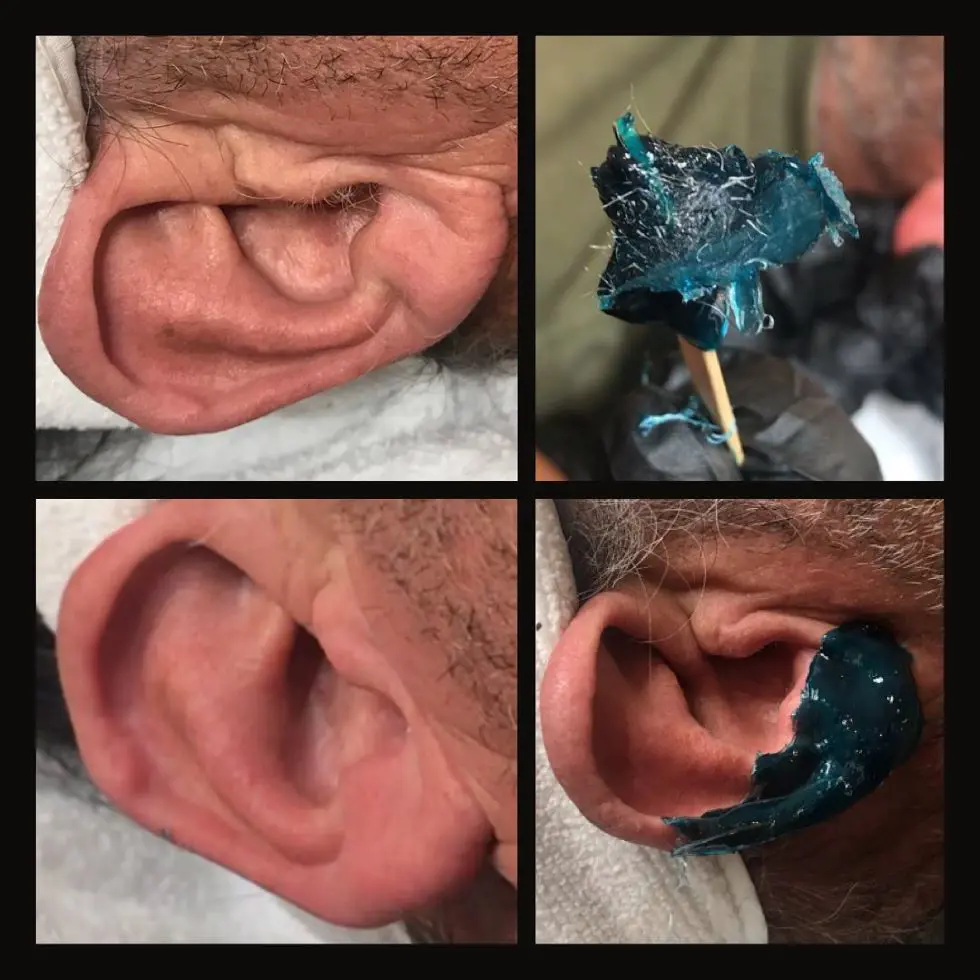
Wax Making Process
The general process of making wax for hair removal involves a few key steps, depending on the type of wax being produced. Here’s a simplified overview:
• Selecting Ingredients
The process of making wax begins with carefully selecting ingredients such as natural or synthetic resins, oils, and sometimes beeswax or paraffin. These ingredients provide the base for the wax, with additional elements like glycerin or honey added for soft waxes to enhance application smoothness.
But if you are making a specialized wax, such as fruit or chocolate wax, do not forget to incorporate extracts, cocoa, or essential oils to offer additional skin benefits.
• Melting
As the ingredients are selected, they are gently heated to melt the solid components, such as beeswax or paraffin. This melting process is essential for combining all ingredients into a uniform consistency.
The temperature must be carefully controlled to avoid burning the wax or altering the properties of the ingredients.
• Mixing
After melting, the mixture is thoroughly mixed to ensure a smooth, homogeneous blend. This step is crucial for the wax to apply evenly and perform consistently.
At this stage, additional elements like essential oils, fragrances, or colorants are incorporated to further customize the wax.
• Cooling and Setting
After mixing, the wax is allowed to cool, depending on the type being produced. For hard wax, the mixture may be poured into molds to cool and harden into blocks or beads. In contrast, soft wax may be poured into containers or spread onto strips for later use.
The cooling process must be managed carefully to ensure the wax sets with the right consistency. If it cools too quickly, the wax might become brittle; if it is too slow, it may remain overly soft and less effective for hair removal.
• Quality Control
The finished wax undergoes quality control to ensure it meets the desired standards. This involves testing the wax’s consistency, texture, and effectiveness in removing hair.
Therefore, checks are made to ensure the wax spreads evenly and adheres well to the hair. If necessary, adjustments to the formula are also made.
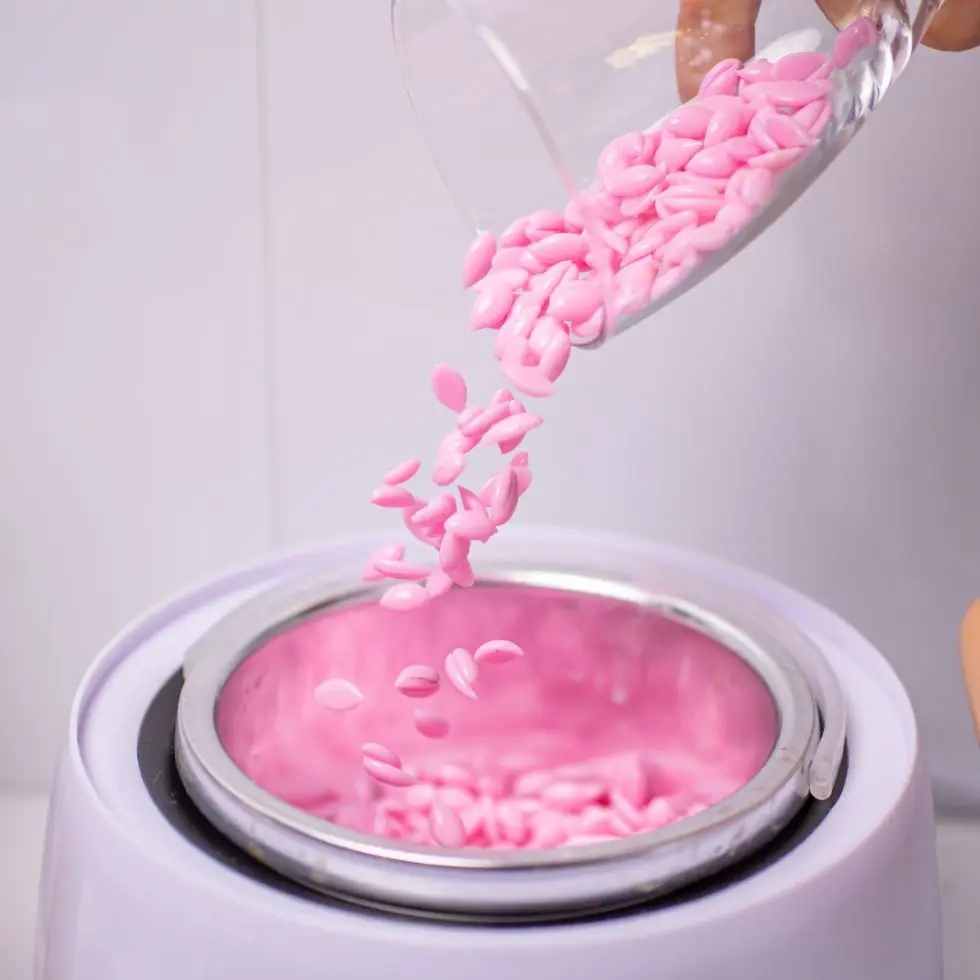
• Packaging
Once the wax passes these quality checks, it is packaged for distribution. Soft waxes are typically poured into tubs or tins, while hard waxes may be shaped into blocks or beads and then bagged.
Lastly, add labels with usage instructions, ingredients, and safety information, and the wax is ready for sale or use.
Can you DIY Wax at Home?
Yes, you can DIY wax at home. One of the easiest types to make is sugar wax, also known as sugaring.
Ingredients
Sugar wax is made from simple, natural ingredients like
- 1 cup granulated sugar
- 1/4 cup lemon juice (preferably freshly squeezed)
- 1/4 cup water
Process
In a medium-sized saucepan, mix 1 cup of granulated sugar with 1/4 cup of lemon juice and 1/4 cup of water. Stir until the sugar is fully dissolved. Then,
Heat the Mixture: Place the saucepan over medium heat and allow the mixture to come to a boil. Then reduce the heat to low and let it simmer while stirring occasionally.
The sugar mixture will gradually change color from clear to golden amber, which might take about 8-10 minutes.
Check Consistency: To test the wax’s readiness, drop a small amount into a bowl of cold water. If the wax forms a soft, pliable ball that you can mold with your fingers, it’s ready.
If it’s still too runny, continue to simmer for a few more minutes, then test again. But be careful not to overcook, as this can make the wax too hard.
Cool the Wax: Once the wax reaches the right consistency, remove the saucepan from heat. Allow the wax to cool for a few minutes to ensure it will not burn your skin during application.
Prepare Your Skin: While the wax cools, clean and dry the area you plan to wax. Lightly dust the skin with cornstarch or baby powder to absorb moisture and help the wax adhere better.
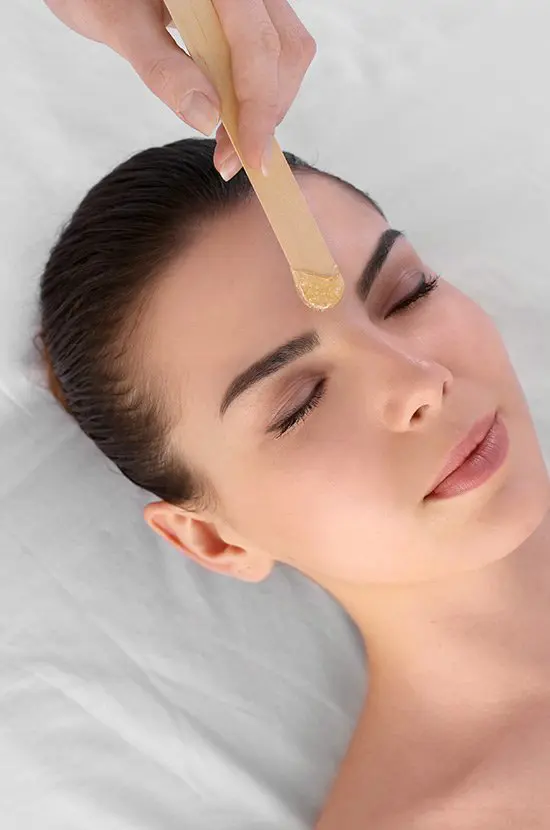
Apply the Wax: Use a wooden spatula or your fingers to spread the warm wax onto your skin toward hair growth. Apply it in a thin, even layer to cover a small area at a time.
Remove the Wax: If the wax is soft and pliable, lift one edge and quickly pull it off against the direction of hair growth. Alternatively, press a cloth strip over the wax, press it down firmly, and then pull it off quickly.
Aftercare: Lastly, rinse the area with cool water and apply a soothing lotion or aloe vera gel to reduce redness or irritation. Also, avoid hot showers, sun exposure, and tight clothing for a few hours.


